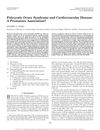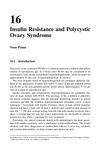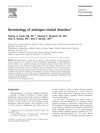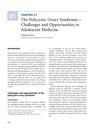The Pediatric Origins of Polycystic Ovary Syndrome
January 2001
in “
Cambridge University Press eBooks
”
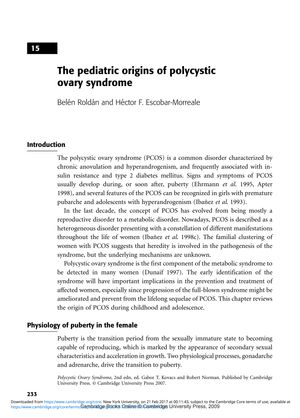
TLDR Early signs of PCOS in girls, like irregular periods and polycystic ovaries, suggest a need for early diagnosis and intervention to prevent further health issues.
The document from 2001 explores the early signs and development of polycystic ovary syndrome (PCOS) in girls, emphasizing the importance of recognizing pediatric risk factors such as premature pubarche, insulin resistance, and hyperandrogenism. It suggests that menstrual irregularities and the presence of polycystic ovaries in adolescents can indicate a higher risk of PCOS, with a 45% prevalence in those with oligomenorrhea. Insulin resistance is a central factor in PCOS pathogenesis, with early interventions potentially reducing the risk of type 2 diabetes and PCOS. The document also discusses the influence of ethnicity, family history, and the GH/IGF-1 axis on the development of PCOS. Despite the recognition of genetic predisposition, no single gene has been identified as responsible for PCOS. The document concludes that multiple genetic and environmental factors contribute to PCOS development, and early diagnosis and intervention are key to preventing its progression and associated metabolic disorders.
